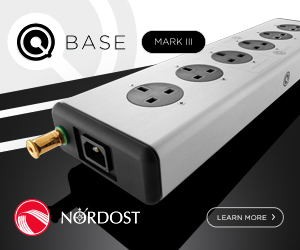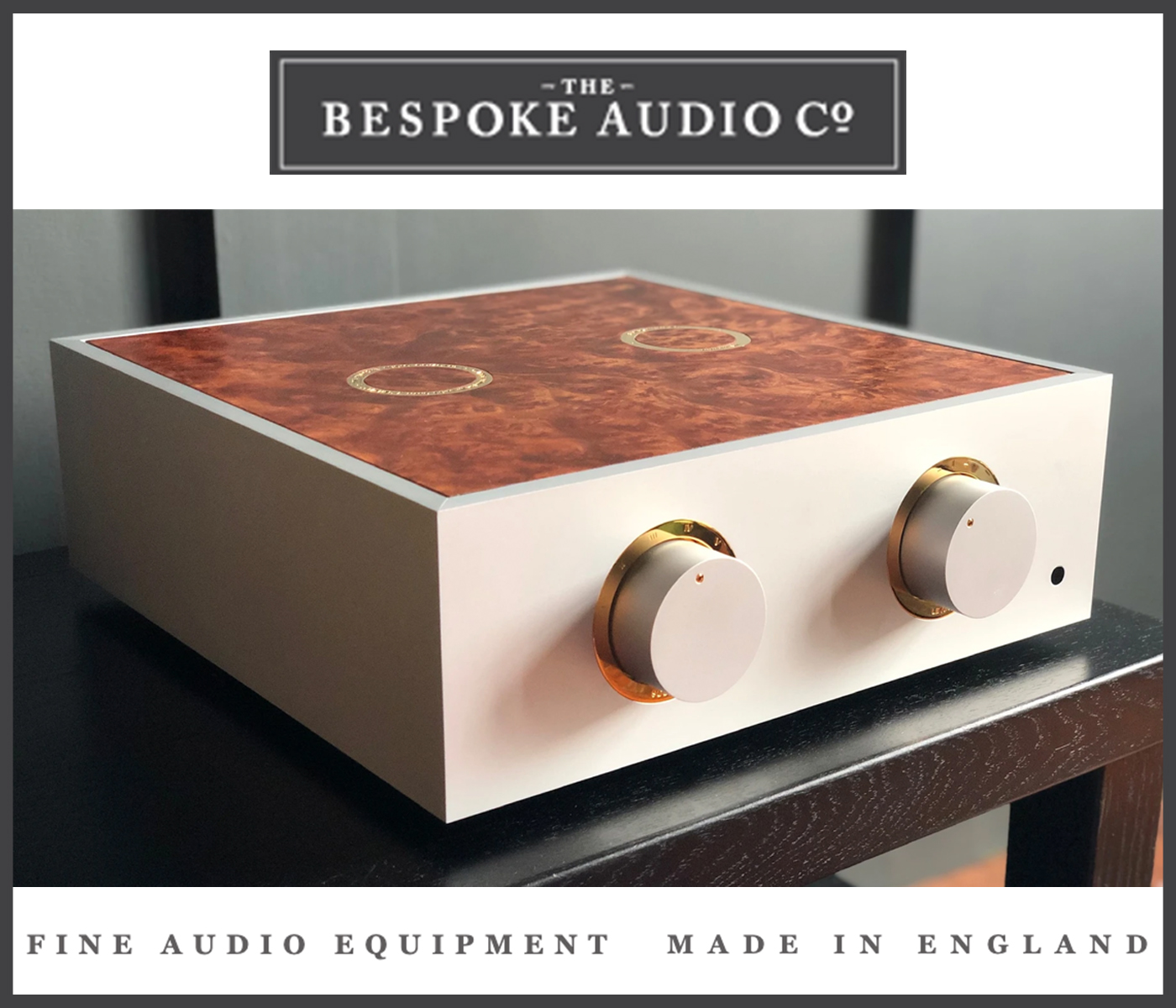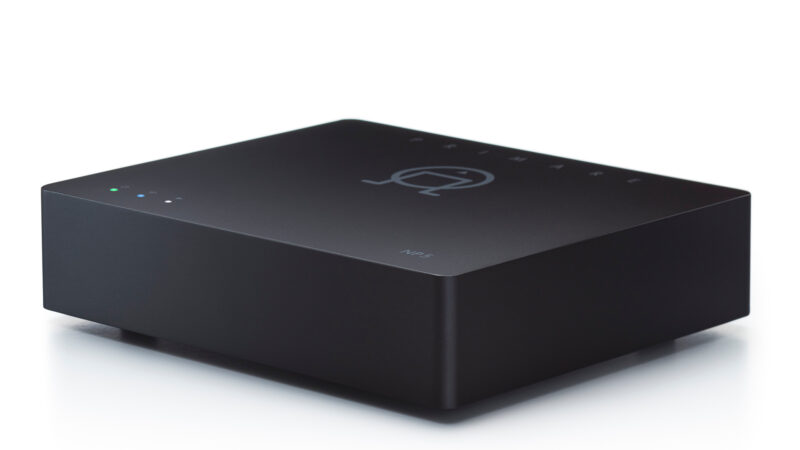Let’s face it, to say that the 2020s beckoned interesting times for the world was a colossal understatement and the hifi industry also felt the consequences. A combination of the pandemic, increasing international trading tensions and massively increased transportation costs has had direct impacts across the sector, some positive – with locked down consumers spending more on home entertainment – and some negative – putting pressure on costs, components supply, and production.
Then in October 2020 the AKM semiconductor factory was razed by a fire, causing further disruption to numerous audio manufacturers around the world including Primare, who had employed AKM’s sample rate converter chip at the heart of its NP5 streamer. You would therefore have forgiven the Malmo based manufacturer for hiding under the nearest rock trying to swerve the next catastrophe. Instead Primare seized the opportunity presented by re-engineering the NP5 around an equivalent Texas Instruments component to ensure production carried on with minimal delay, birthing the updated NP5 Prisma MK2 on test here.
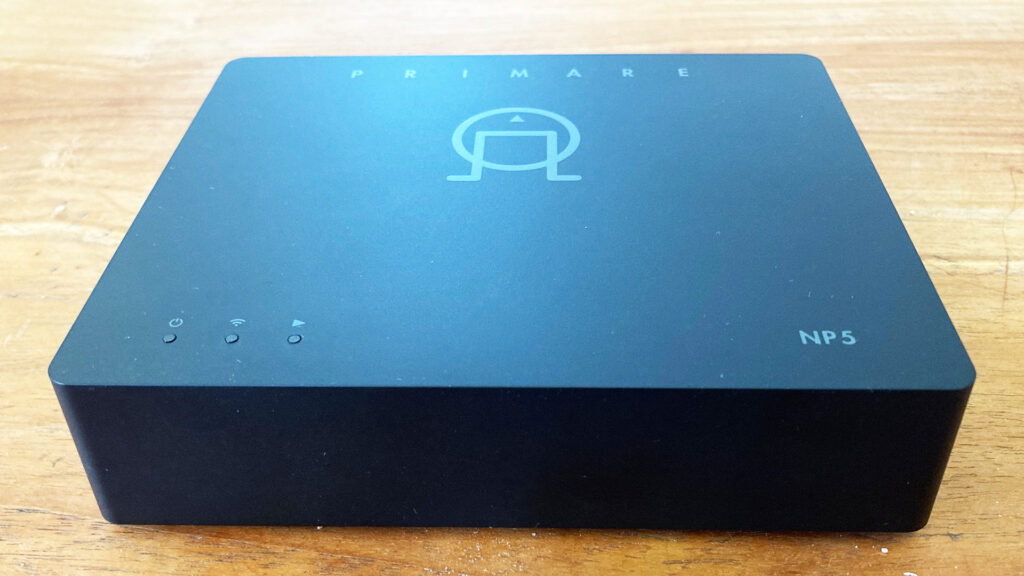
Unassuming casework keeps the NP5’s looks clean and simple
Poker face
As with the original, the MK2 is very unassuming, devoid of display and minimal buttons, and with a small footprint, it’s essentially Primare’s Prisma streaming module in its own demure carcass, which has helped retain the sensible price tag of £550. Round the back it’s a similar story with the complement of ports being limited to an RS232 port (to connect compliant Primare devices), ethernet, USB, optical, coaxial and power. The device also includes Bluetooth, WiFi and DLNA/UPnP capabilities.
Being a streamer only, your system will need a capable DAC to turn the NP5’s digital outputs into analogue signals for your amp and with that requirement met, the device opens the door to a range of services with support for Spotify Connect, AirPlay 2 (up to 16-bit/44kHz), Google Chromecast (24-bit/96kHz), Qobuz, Tidal and virtually any sound carrying service that runs on iOS, Android or via Google Chrome on Mac/PC. The NP5 is also Roon Ready.

Primare’s app is intuitive to use and configure the device providing access to networked libraries and inputs
Aside from the processor change, is there anything on offer here that should tempt MK1 owners to upgrade? Being overly modest Primare says no in most cases, as the Mk2 was only introduced to meet the supply problem and mostly parallels the capability of the original device. However this is underselling it, as there are a couple of changes that will influence existing patrons and newcomers to part with their cash. Firstly Master Quality Authenticated (MQA) support has been added, allowing files to be passed through without any conversion. Secondly the MK2 supports Direct Stream Digital (DSD) files up to 128 over its S/PDIF coaxial and optical inputs, making this a much more versatile player.
Performance
After using the Google Home app on my iPhone to get the device on my local network it’s time to set how the NP5 sounds plugged into a Copland CSA150 amplifier with integrated DAC and Acoustic Energy AE309 loudspeakers.
Opening up proceedings, I opt for the mellifluous tones of Al Green’s Let’s Stick Together and the seminal title track streamed over Spotify Connect. Even at a lowly 320Kbps the presentation is impressive with all details making themselves clearly felt and heard. The way that the good reverend’s opening whisper emerges from the horns and strings to beckon the first verse made me double check that I wasn’t playing the track at a higher resolution. This impression is underlined by how the Primare’s delivery of the tender rumble of the drums acted as a bedrock, rather than a suffocating blanket for the sweet flourishes of guitar and increasingly impassioned vocals, bringing a big a smile to my face.
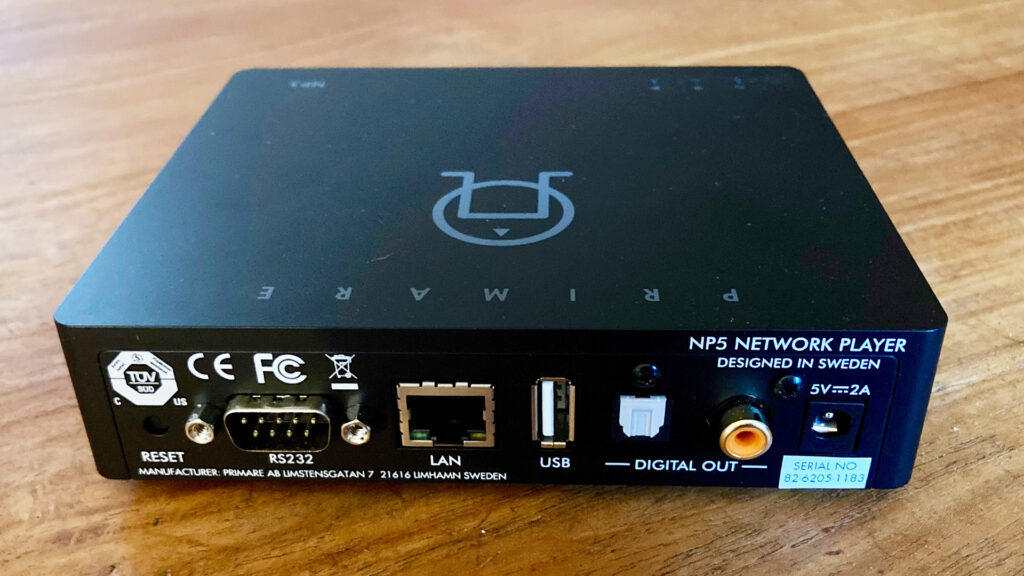
A minimal complement of ports belie the sonic capabilities that lie within the NP5 MK2’s carcass
An impressive opening salvo indeed, but it begs the question of what can be achieved at greater resolution. To find out, Counting Crows’ This Desert Life album via Chromecast transmitted to Qobuz at 16-bit/44kHz is called upon. Starting with the initial sparseness of the railway train-like drums, bass and piano motif that open the track, the Primare sets out a sense of space across the soundstage that develops through the verses to include electric, then acoustic guitars and finally organ, with the NP5 driving home the epic poise of the performance.
Time travel
Moving on to the device’s DLNA capabilities, the classic jazz standard of Something Else by Cannonball Adderley via a 24-bit/96kHz WAV rip takes things to the next level. One For Daddy-O is a great test for any system with the billing of Miles Davis and Art Blakey joining Adderley’s quintet to make their respective instruments felt and heard at various points of the recording. The NP5 proves itself more than up to the task, delivering their buttery smooth presentation in a way that transports me to the smoke filled Chicago Jazz clubs of the 1950s to soak up the clarity and crispness of the saxophone and trumpet solos head on, while the smooth brushwork of the drums gets my foot tapping. Such is the freshness of the Prisma’s presentation, you could easily be fooled into thinking this recording is six days old rather than of a 60 year vintage.
Another benefit of digital streaming is access to the world of DAB radio and again the NP5 does not disappoint. Connecting to BBC Radio 3 and 6 Music reveals considerably greater levels of bass depth and overall breadth of sound than is typical for these stations, demonstrating how the Primare is able to improve even the lowliest signals.
In Summary
The NP5 Prisma MK2 is another example of Primare’s adherence to the ‘Lagom’ philosophy of not too much and not too little, with this unassuming little device providing considerable functionality enhancements to a system without drawing unnecessary attention to itself. It is a testament to Primare’s nimbleness in turning a potentially major supply problem into an opportunity to not only keep production on the rails, but also introduce additional feature enhancements while many competitors saw their production crawl to a halt.
In times where everyone is watching their wallets, the Prisma stands out in offering a sensible spread of functionality and capability while keeping costs down. For the price, the Prisma makes for a considerable enhancement to any system that has a DAC to match.




